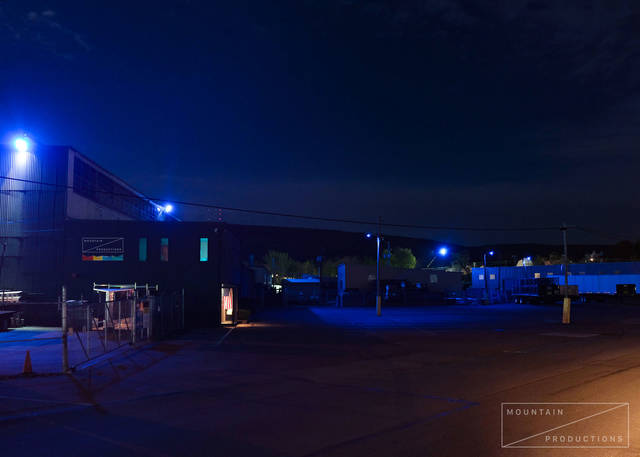Luzerne County’s 911 department plans to construct emergency communication towers at two new sites and build a taller one at a third existing location, officials said.
The towers hold antennas and microwave satellite dishes that allow radio communication in the county’s largely forested and mountainous terrain, said county 911 Executive Director Fred Rosencrans. The county currently has 14 tower sites.
“Our county will have 16 strategically placed towers that get all signals and transmit and receive to all areas,” Rosencrans said. “We’re trying to get better coverage for public safety.”
The proposed new tower sites are both on government property.
The first is off Harris Pond Road in Ross Township on land the Pennsylvania Fish and Boat Commission has agreed to lease to the county at no cost for 25 years, followed by another automatic 25-year renewal, records show.
The new 160 foot tower there would improve emergency radio coverage in the Back Mountain, Rosencrans said.
The second tower will be 160- to 180 feet and located on Hazleton City Authority property on the Arthur Gardner Highway, he said.
The authority, which provides water service, approved a lease mirroring the Fish and Boat Commission one, with no charge to the county for 25 years and the same automatic renewal period, Rosencrans said.
In addition to boosting radio coverage in the Hazleton area, this tower would eliminate 911’s need to rely on an inherited shared tower site on Ninth Street in Hazleton that has been plagued with complaints about radio interference, Rosencrans said.
Construction of the Hazleton tower is expected to be bid out in 2018, followed by the Ross Township project, he said.
The taller replacement tower will be on land the county leases long-term from White Haven borough, also at no cost, on Power House Road in White Haven, he said. The county has agreed to help maintain the site access road.
The new tower will be 160 feet and constructed this spring, improving coverage in that area, Rosencrans said. The current 60-foot tower will be torn down.
He lauded all three government entities for allowing the county to occupy their land.
The county’s capital plan earmarked $850,000 for tower and radio communication improvements, and the remaining costs will be covered by state funding, he said.
Rosencrans conservatively estimated each new steel tower will cost approximately $350,000.
The tower project is compatible with a proposed new 911 radio communications system overhaul that will cost an estimated $19.26 million, he said.
A consultant has said the switch from an analog to digital system is crucial because the radio transmitters and receivers that allow emergency responders to exchange messages will become obsolete in 2020. County officials have said borrowing may be necessary to fund some or all of the project because it is highly unlikely any state funding will help pay for the switch.
The change to digital impacts police and emergency responders throughout the county because they eventually will need to change their portable and mobile radio equipment so it is compatible with the new county system, county officials have said. Municipalities typically have covered the cost of radio communication equipment used by local law enforcement and emergency services, while county officials fund overall upgrades, officials said.
“Every dollar we’re investing now will help when we get to the digital radio project, so we’re not wasting money,” Rosencrans said.
In a pinch, the county addresses reception concerns by installing antennas or other 911 communication equipment on existing buildings or towers owned by others, he said. The county has one such “receive site” in Exeter Township and is planning another on Red Rock Mountain to improve coverage in Fairmount Township, including Ricketts Glen State Park, Rosencrans said.
His department continues to work on filtering, moving antennas and changing radio frequencies to fix interference problems in some areas, such as the Back Mountain, he said, describing the process as “a whole science.”
Complaints about poor reception often pick up when leaves are on the trees, he said. Signals travel better when the leaves are off, to the degree that more interference from outside areas sometimes becomes an issue, he said.
Rosencrans is optimistic the additional towers will do the trick.
“But I won’t definitely say because we may need additional coverage in the future if we still find inadequacy,” he said.





